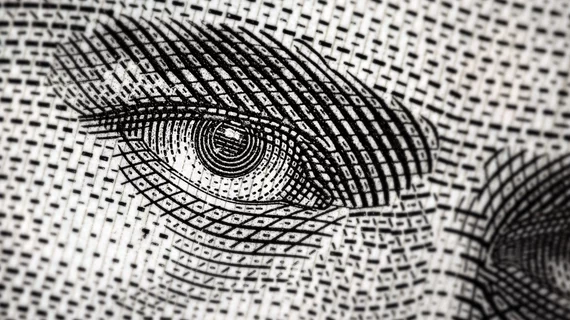Health giant says the time for CDs is gone—$1M in savings underscores why
For all of radiology’s technological achievements, many patients are still forced to navigate mounds of release forms and paperwork only to receive their images on a physical CD.
And once they have the disc, patients are then tasked with bringing the relic to their referring physician or specialist. It’s an “antiquated” practice that’s on its way out, Jonathan Siriano, ITS Manager of Imaging and Clinical Applications at Yale New Haven Health, said May 26 during SIIM’s Annual Meeting.
“It’s important … to recognize that for healthcare organization[s] to realize significant cost savings, increased speed of image exchange, and improved patient satisfaction and outcomes, health groups must adopt a secure health information exchange for diagnostic imaging studies,” Siriano argued during a Wednesday morning virtual session.
Out of control spending on medical imaging CD storage and transfers
In 2019 alone, the New Haven, Connecticut, organization burned some 142,000 imaging studies to CDs or DVDs across its more than 1,000 locations. And at an average cost of $3.95 a pop, Yale racked up nearly $550,000 that year without factoring in labor costs, including retrieving studies, shipping and delivery expenses.
To shed this physical media, Yale New Haven Health launched its #DitchtheDisk initiative. That included using extensive IT resources to implement software designed to quickly and securely exchange imaging and reporting data within its system, along with patients and external providers. It also needed to develop workflows, policies and procedures for doing so.
“Both steps were very laborious and time-consuming but in the long run well worth the time investment,” Siriano noted.
From there, Siriano and his team trained the film library staff and employees working with imaging, focusing on pushing electronic exchange to patients and providers. Pushback was common, he noted. But after explaining the process and with COVID-19 keeping contact to a minimum, the program took off.
Yale even piloted an outreach program to get regional health systems to join the digital program. Despite some objections from competing systems and others, a “large” number of organizations across the country jumped on board, Siriano said. And the cost savings are already mounting.
Savings piling up after moving from CDs to medical imaging digital transfer system
Over the course of 2020, Yale sent some 165,000 exams and saved upward of $650,000 without factoring in reprieve from packaging, shipping and labor expenses. With estimates expecting the healthcare giant to transfer some 350,000 studies in 2021, savings are forecasted to exceed $1 million.
Siriano said the system is working on allowing patients to download, view and share their exams and reports online via Yale’s electronic health record. It’s currently under construction, he noted, but would make the patient feel that they are "driving their care."

